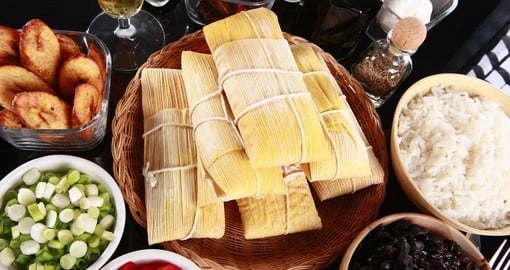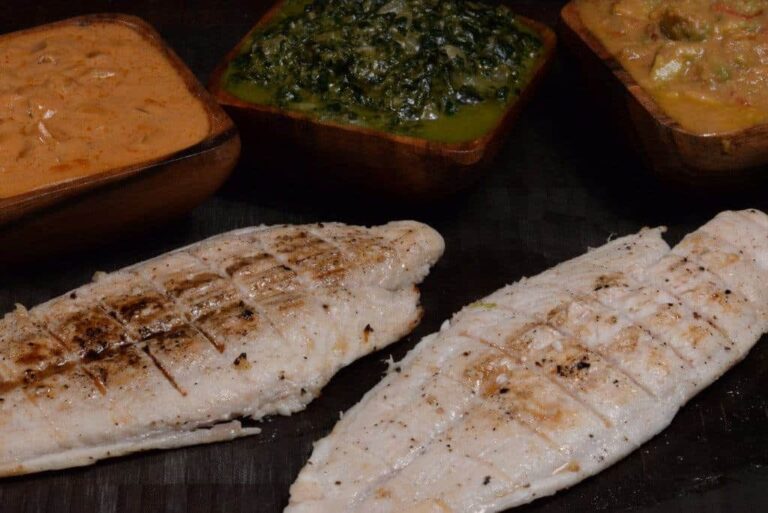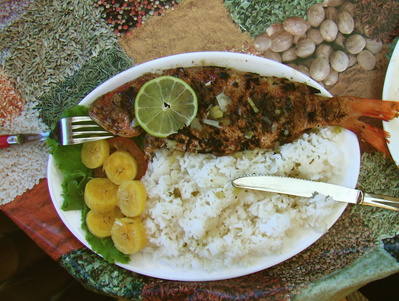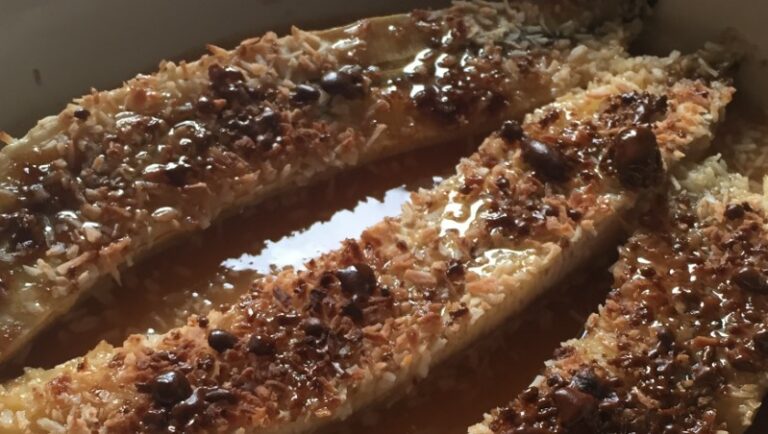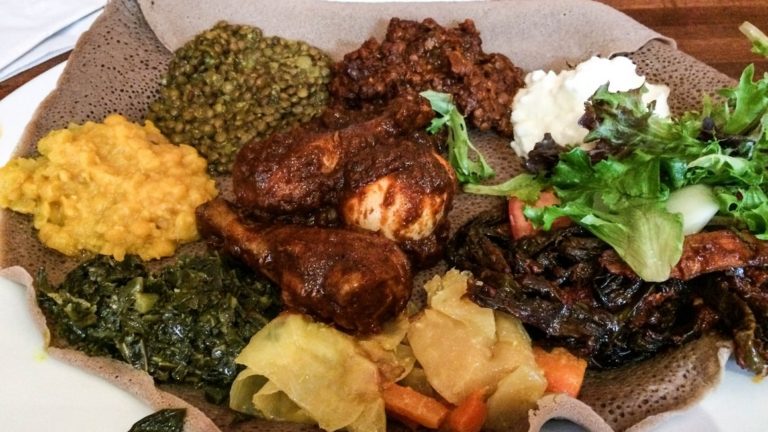Introduction: El Salvadoran Cuisine
El Salvadoran cuisine is a fusion of Spanish, indigenous, and African influences. The food is known for its strong flavors, bold colors, and hearty portions. Salvadoran cuisine is centered around staple foods like beans, corn, and rice, accompanied by a wide variety of meats and fresh vegetables. The cuisine is rich in tradition, and many of the dishes date back to precolonial times.
Essential Ingredients in Salvadoran Cooking
Some of the essential ingredients in Salvadoran cuisine include beans, corn, rice, plantains, yucca, and a variety of fresh fruits and vegetables. Meat is also a staple in Salvadoran cooking, with pork and chicken being the most commonly used. Seafood is also popular in coastal regions. Salvadoran cuisine is known for its use of spices and herbs, with cumin, coriander, oregano, and bay leaves being among the most commonly used.
Regional Variations in Salvadoran Cuisine
El Salvador is a small country, yet its cuisine varies significantly from region to region. For example, in the eastern region of the country, seafood is more prevalent, while in the western region, beef is more common. In the central region, pupusas (stuffed tortillas) are the most popular dish. Each region has its own unique flavors and cooking techniques, making Salvadoran cuisine diverse and exciting.
Salvadoran Street Food and Snacks
Salvadoran street food and snacks are a popular way to enjoy the country’s cuisine. Some of the most popular street foods include pupusas, tamales, and empanadas. These dishes are often filled with meat, cheese, or beans and served with a variety of sauces. Other popular snacks include plantain chips, fried yucca, and sweet corn cakes.
The Role of Corn in Salvadoran Cooking
Corn is a staple food in Salvadoran cuisine, and it plays a significant role in many of the country’s dishes. Corn is used to make tortillas, pupusas, tamales, and a variety of other dishes. In Salvadoran culture, corn is seen as a source of strength and nourishment, and it is often used in religious ceremonies and celebrations.
Signature Salvadoran Dishes to Try
Some of the signature dishes in Salvadoran cuisine include pupusas, yucca con chicharron, and sopa de res. Pupusas are the most well-known Salvadoran dish, and they are made by stuffing a corn tortilla with cheese, beans, or meat. Yucca con chicharron is a dish made with fried yucca and pork rinds, while sopa de res is a hearty beef soup.
The Importance of Pupusas in Salvadoran Culture
Pupusas are an essential part of Salvadoran culture, and they are often considered to be the national dish. Pupusas are a symbol of Salvadoran identity, and they are an important part of religious and cultural celebrations. Pupusas are also a popular street food snack and can be found in almost every corner of the country.
Conclusion: Salvadoran Cuisine is Worth Exploring
Salvadoran cuisine is a unique and flavorful fusion of different cultural influences. The cuisine is rich in tradition and history, and it offers a wide range of dishes to explore. Whether you’re a fan of meat, seafood, or vegetables, there is something for everyone in Salvadoran cuisine. From the iconic pupusas to the hearty soups and stews, Salvadoran cuisine is definitely worth exploring.



